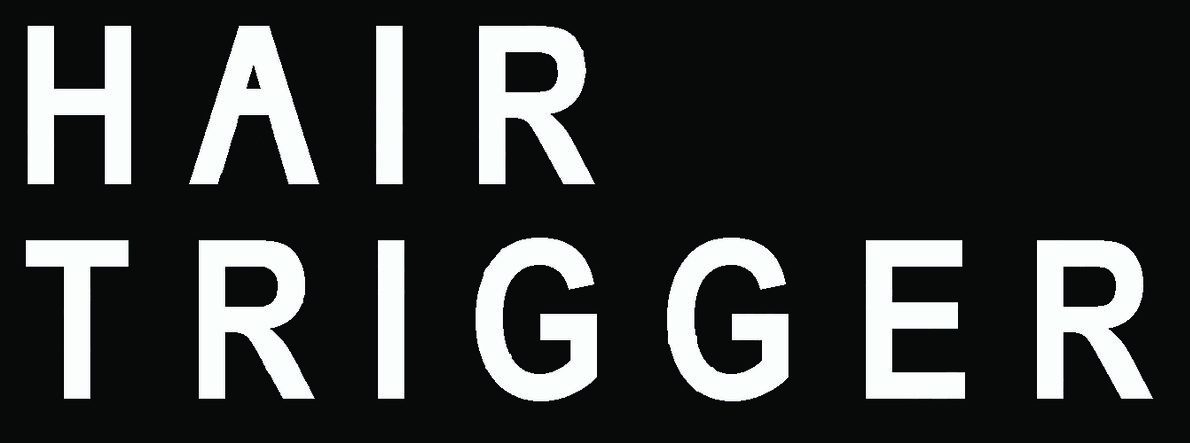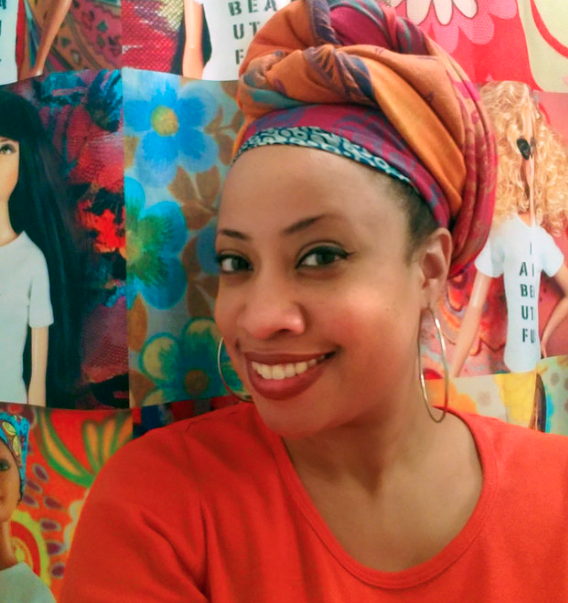Author of A Bitter Pill to Swallow
Interviewed by Will Haryanto
Tiffany Gholar and I met during the last day of the Chicago Writers Conference 2016. We rode on the same bus and talked about writing, specifically self-publishing. She knew what she was talking about when she published her own art books on Amazon. It was all about getting it out there and making sure people saw it as much as possible. Tiffany talked about the costs it took to publish the books and much more.
The discussion fascinated me and we got in contact again months later. By that point, she had finally published A Bitter Pill to Swallow and attended radio shows to promote the book. When I interviewed her for the book, she told me that the book had won the Chicago Writers Association Book of the Year Award for Fiction, Non-Traditionally Published.
We like to think that once a manuscript is written, everything is done and we can leave it to the gods and stars to finish the work. But that’s not always the case and certainly not in the realm of self-publishing. It takes great effort to have even one person read a self-published book. I hope this interview will shed some light on the lesser known feats of self-published writers.
Will Haryanto: What made you write A Bitter Pill to Swallow?
Tiffany Gholar: I was actually just fourteen years old when I wrote the short story (on pink notebook paper with purple ink) that would become A Bitter Pill to Swallow. Without giving too much away, I will say that I began with one of my plot twists in mind as I devised “what if” scenarios in my creative writing class. I was about to start high school and had spent seventh and eighth grade getting dropped off by my school bus at a library that had a large collection of books about African-American teens, but I didn’t see myself in most of them. The primary struggles the characters faced in those books involved issues of racial identity or civil rights, which felt somewhat limiting to me. Of course these are important issues, but what about adventure, suspense, romance, mystery, suspense, or science fiction? I saw A Bitter Pill to Swallow as the book I wanted to read that no one else had written yet. Over time, it grew into a novel.
WH: Are any of the characters and events based on real life?
TG: The situation that happened to Devante and Monica was based on something that actually happened here in Chicago in the early ’90s. I read about it in the newspaper when I was a young teen and it stayed with me.
When I was in college, I was surrounded by Black women who were pre-med, and their experiences helped to inform Gail’s character.
WH: How much research did you do before you wrote the book? Or were you researching while writing the book?
TG: From the time I was in high school, I took psychology classes and read books and articles in my free time. Before I began working on the latest version of the story, I committed myself to watching as many films as I could about people who were being treated for mental illnesses in institutional settings and reading over thirty books. I took a lot of notes. I also gleaned what I could from friends who opened up to me about what they had experienced during inpatient treatment. The biggest turning point in my research was when I visited the Orthogenic School at the University of Chicago, a therapeutic boarding school that was the inspiration for the Harrison School in the book. It was one of the most beautiful places I had ever seen, and was the opposite of the desolate and decrepit institutions I encountered in books and films. I also talked to a good friend of mine who is a doctor now to get insight into what Gail’s experiences in medical school might have been like, as well as to my own therapist about what he enjoys about his work.
WH: What was the hardest part about writing the story?
TG: The process of writing A Bitter Pill to Swallow was a difficult one to begin with. I had to constantly fight against my own self-doubt. I sometimes made the mistake of showing the wrong draft to the wrong person at the wrong time, and getting feedback that made me want to give up. I worked on it throughout high school and college, where I adapted it into a screenplay for my thesis project.
The hardest part about writing it was deciding what kind of story I wanted to tell. Initially, I had envisioned it as a suspense thriller, but as I got older I felt as though some of my plot elements were trite and unrealistic. Then, after I visited the Orthogenic School my senior year of college, I realized that was the kind of setting I wanted, an environment that was positive and healing. I had to sit with that epiphany for nearly a decade before I found a premise that would work. But once I figured it out, the process of writing became much easier. I could envision the setting and my characters more clearly than ever before. Within two years I had written an outline, the screenplay, and the novel.
WH: How did you edit the story?
TG: I sent my third draft to several beta readers, made some additional revisions over several months, then hired a professional to do line editing.
WH: Why did you self-publish this book? (What was the reason why you forwent traditional publishing outlets?)
TG: I had an extremely difficult time getting an agent, and none of the small presses I contacted ever got back to me. Rather than wait indefinitely on other people, I decided to move forward with publishing my book independently. This was not my first time publishing my own book. Before A Bitter Pill to Swallow, I published three books about my artwork, so I was familiar with the process.
WH: What is the process of self-publishing like to you?
TG: At times it’s stressful, but the greatest reward is the creative control. In this case, I had the opportunity to use my artistic skills to create my own cover art. I spent a few months working on cover designs and ultimately decided to make four different covers, three of which single out my main characters. There are two ways I look at independent publishing: “I get to do everything!” Also, “I have to do everything!” Although, I didn’t really have to do everything. I delegated the tasks I could not do myself to others who could. The print-on-demand technology we have continues to improve and makes it so much easier for authors to share their work with audiences all over the world, which makes the process much easier.
WH: On the Amazon page, you have put the School Library Journal‘s review of the book. While it is positive, the reviewer is also critical about the writing. It seems you have left this review intact on the product information. What made you decide to put that in?
TG: I actually didn’t put that review there. Amazon did, unfortunately. I am trying to figure out what to do about it. On the one hand, I think that many potential readers would consider a School Library Journal review more prestigious than a review from a blogger. On the other hand, it’s a mixed review. I’m torn. It frustrates me, because I feel as though the reviewer sees things that I did intentionally as a mistake that I made because this is my first novel.
WH: Are there any future projects that you are working on? Any interest in working with a publisher?
TG: I have recently started doing illustration work for two independent authors who are publishing children’s books. One should be coming out very soon. I have really enjoyed illustrating and would love to work with a publisher. I am also planning to independently publish my next art book in 2018.
WH: And lastly, what is some advice you’d like to give to aspiring writers?
TG: I have several pieces of advice to share:
-
If you are publishing independently, make sure that you hire the right editor. The wrong editor can completely sabotage your creative process. Try to get as many sample edits as you can and don’t work with an editor unless you feel truly comfortable with that person. It’s a very important relationship.
-
If you have an idea for a story that you could see as both a movie and a book, write the screenplay first. Then when you write it as a novel, you get to add extra scenes. It is so much less stressful than trying to cut scenes out to do an adaptation.
-
Give yourself time between completing a draft and editing it. Two weeks to a month, if possible, will allow you to look at it with a new perspective.
February 20, 2017

